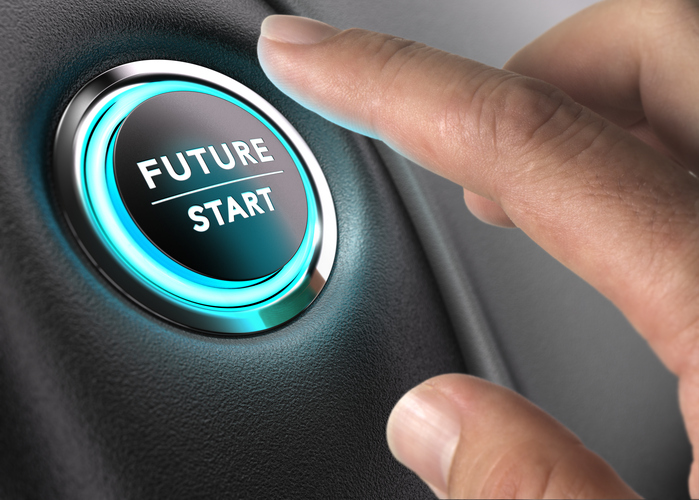According to a new Moody’s report, autonomous vehicles will initially boost auto insurance profitability while ultimately decreasing demand for traditional coverage – but the property/casualty insurance industry has time to evolve.
“The impact of autonomous vehicles could be dramatic for the P&C insurance industry over the very long term, given that personal auto is the largest insurance line of business in many countries including the U.S., where it accounts for 32% of 2022 industry net premiums written,” Moody’s said in its report. Commercial auto accounts for 7% of U.S. premiums, but far fewer insurers specialize in commercial auto in the way that insurers focus on personal auto.
Some autonomous or semi-autonomous vehicles are already in use, but it could be decades before true self-driving vehicles are ubiquitous in the U.S., Moody’s estimated. Autonomous vehicle adoption will vary by country, with factors like regulatory environment, average vehicle age, and the quality of a nation’s geo-mapping data playing a role.
More advanced autonomous vehicles should reduce the frequency of accidents and in turn boost insurer profitability, Moody’s predicted. Longer term, accident frequency will likely “fall precipitously,” which could mean significantly lower loss costs and premiums for auto insurers.
“Profits are likely to also decline,” Moody’s wrote, “since most insurers set profit targets as a percentage of premiums.”
Accidents will still happen, and it will be up to regulators, lawmakers, and the courts to determine how accident liability will be shared among auto manufacturers, technology companies, drivers, and insurers. Moody’s said it expects most of the liability to shift to manufacturers.
P/C insurers could still play a role in this new auto liability marketplace. For instance, they could offer product liability insurance to manufacturers and suppliers. Personal auto insurers could also provide a claims handling service to manufacturers. If manufacturers choose to self-insure, they may also purchase reinsurance to cover systemic software problems including cyberattacks. Some manufacturers might want to acquire insurers for their claim infrastructure and expertise.
Drivers may purchase comprehensive insurance for damages to parked vehicles, in scenarios including natural catastrophes, theft, and vandalism. Some consumers may want to buy an umbrella liability policy to cover instances where they are held liable for accidents that manufacturers do not cover.
Moody’s acknowledged that reality may play out differently than predicted. Regardless, proactive insurers will set themselves up to endure future financial shocks, the firm said.
“Because changes to the auto insurance industry will be gradual, we believe innovative insurers will be able to adapt their operations and balance sheets to these changing circumstances,” Moody’s wrote, adding, “It is difficult to estimate the future repercussions of autonomous vehicles and other long-term risks on insurers’ credit profiles today. But fundamental credit strengths, including innovation, adaptability, and strong financial metrics, help offset long-term risks.”














